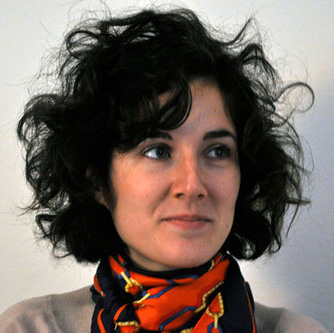Blog
Looking at Art Through Literature
30 June 2019 Sun
The conceptual frameworks, drawn by the curator Necmi Sönmez for the collection-based exhibitions at Borusan Contemporary, use important figures from Turkish literature. This is a critical effort in looking into researching the potentials of considering contemporary art criticism and historicization through other media and means of thinking.

MERVE ÜNSAL
merve.unsal@gmail.com
On view until March 2020, They Are Uttered and Left Unfinished All the Loves in the World, takes Turgut Uyar’s verse as a point of departure. Previous renditions of this series of exhibitions focused on the literary work of Cemal Süreya and Metin Eloğlu. It is possible to consider this curatorial gesture from two different perspectives: The first is the mutually inspirational relationship between art and literature. The second is the potential of interdisciplinary thinking to shed light on the blind spots of contemporary art.
Contemporary artwork’s relationship with itself, the references that dance around it (literary, historic, theoretical, philosophical or daily life) bears heavily on the producers who make work. In visual work, text can serve as a source text, research material, a visual tool and sometimes the content of the work. When we mark a few coordinates on this topography of use, it is possible to categorize literary texts under instrumentalization, explanation, conceptualization, and formalization. Sönmez’s curatorial approach situates the relationship between text and work as a perspective by relating contemporary art to literature. In other words, text is not something that articulates, explains, enlightens, but rather as another work, which provides viewers with an entry point: While some can view the exhibition through looking at the literary text, others can reinterpret the literary work through the experience of the exhibition.
In particular, the relationship between poetry and contemporary art is significant. As poetry is a form that yields itself to multiple readings, and perhaps even demands it, contemporary art works resonate differently at different points in time. As Roland Barthes talks about in his “From Work to Text”, the work is situated in a field of interactions, not staying still and not able to remain still. The participant-viewer experiences something different every time they look at the work and these differing experiences is constant, they are not limited by a specific time. As poetry also has a similar ongoing temporality and as poems impact readers differently over time, we can liberate both of these media by bringing them together.
Looking at this specific exhibition, Uyar takes daily life as a point of departure, both in the quoted lines and generally in his oeuvre, which can open up a new window on that search for form in new media in contemporary art. Uyar said, in 1956, “Poetry is not an art event. It is an effort to live. It is a witness to what we are experiencing. A person is in a new world every day, feeling new things every day and with different impact and thus must articulate these things in new forms.” This state of “witnessing” can be considered a barometer of the social, economic, communal states of our day and can be reconsidered within the context of contemporary artworks.
In conclusion, instead of setting up hierarchic or supporting structures among different art forms, seeing these different forms side by side, in constant dialogue with each other, interacting so that both sides are never the same is a mind-opening method for artists who work in both fields. The proposal of this method is to create new, permeable contexts through researching new tools of sharing work using transdisciplinary means.
ABOUT THE WRITER
Merve Ünsal is a visual artist based in Istanbul. In her work, she employs text and photography, extending both beyond their form. Ünsal is the founding editor of the artist-driven online publishing initiative m-est.org.








